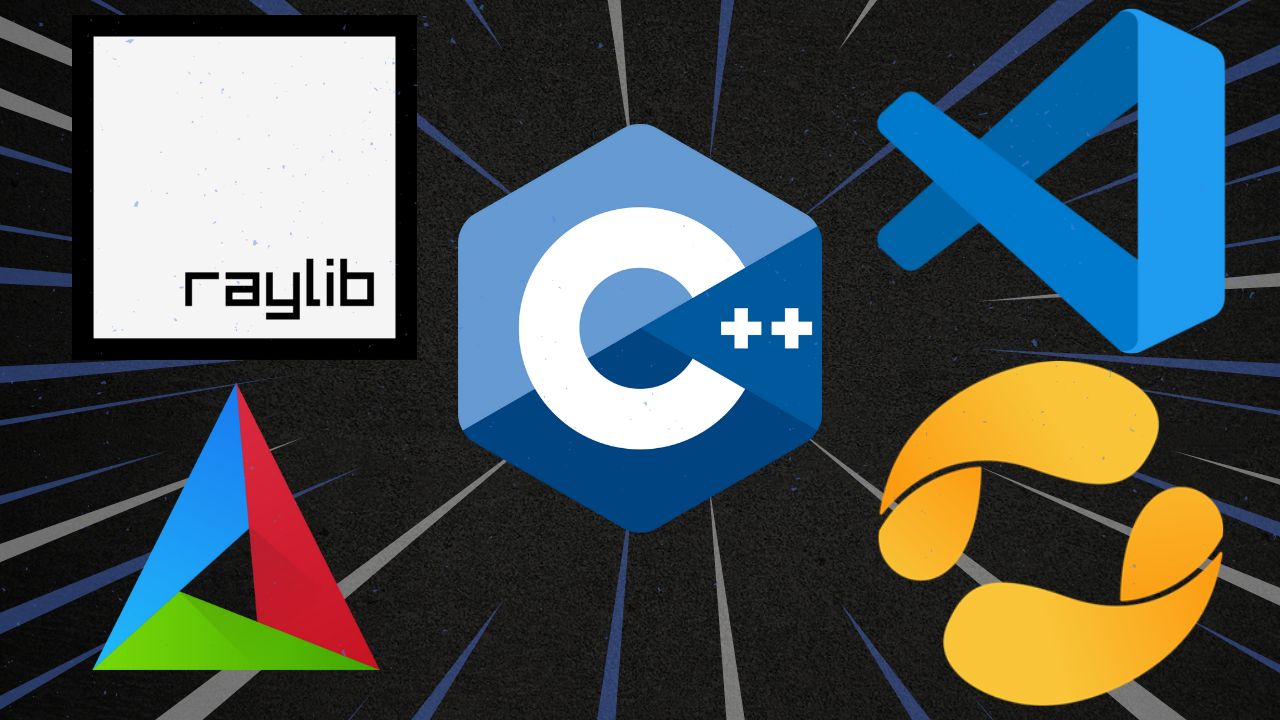
C++ Project Setup Made Simple: Raylib, CMake, and VSCode Guide
Set up a C++ project with Raylib, CMake, and VSCode. Learn to install tools, configure vcpkg, create a project, and run your first Raylib app step by step.
This is Rambod and today we set up a complete C++ project environment with Raylib, CMake, and Visual Studio Code. This guide is designed for beginners who want a reliable workflow with the right tools and no wasted time.
1) Install the required tools
You will need:
After downloading:
- Add CMake and Ninja to your system PATH.
- Install
vcpkgfollowing the official documentation. - Verify installations in a terminal with commands:
cmake --versionninja --versionvcpkg version
If they respond, everything is installed correctly.
2) Create your project folder
- Make a new folder without spaces in its name, for example
MyRaylibProject. - Right click → Open with VSCode.
- Install the following VSCode extensions:
- C++ IntelliSense
- CMake Tools
Reload VSCode to finalize.
3) Initialize CMake in VSCode
- Press Ctrl + Shift + P and search for CMake: Quick Start.
- Enter your project name, for example
MyRaylibCPPProject. - Choose Executable as the target.
- Add a new preset and select your compiler toolchain.
- Point CMake to the vcpkg toolchain file (found in
vcpkg/scripts/buildsystems/vcpkg.cmake). - Save the preset.
4) Set up vcpkg dependencies
- In your project root, create a file
vcpkg.json. - Define project dependencies like this:
{
"name": "my-raylib-project",
"version-string": "0.1.0",
"dependencies": [ "raylib" ]
}- Run
vcpkg installto fetch and build Raylib. - CMake will automatically detect the package.
5) Update CMakeLists.txt
- Set the minimum version, for example
cmake_minimum_required(VERSION 3.21). - Add
find_package(raylib CONFIG REQUIRED). - Use
target_link_libraries(${PROJECT_NAME} PRIVATE raylib)at the end of the file. - Save changes.
6) Write your first Raylib program
Replace the default main.cpp with:
#include "raylib.h"
int main() {
InitWindow(800, 600, "My Raylib Project");
SetTargetFPS(60);
while (!WindowShouldClose()) {
BeginDrawing();
ClearBackground(RAYWHITE);
DrawText("Hello from Raylib!", 200, 280, 20, BLACK);
DrawFPS(10, 10);
EndDrawing();
}
CloseWindow();
return 0;
}This creates a window, displays text, and shows FPS.
7) Build and run
- In VSCode, open the CMake Tools panel.
- Select your preset and click Configure.
- Then click Build.
- If errors appear, delete cache and reconfigure.
- Finally, run the project.
You should now see your Raylib window up and running.
8) Troubleshooting tips
- If include errors appear, confirm that your vcpkg toolchain is set in the preset.
- Use the correct architecture folder inside vcpkg (
x64-windowsor equivalent). - Reload VSCode if IntelliSense is not resolving Raylib headers.
Wrap up
You now have a complete C++ project setup with Raylib, CMake, and VSCode. This foundation makes it easy to expand with more libraries like SDL, ImGui, or fmt using the same workflow.
For more C++ tutorials and game dev tips, visit rambod.net, subscribe on YouTube, or watch this tutorial here: Watch on YouTube.